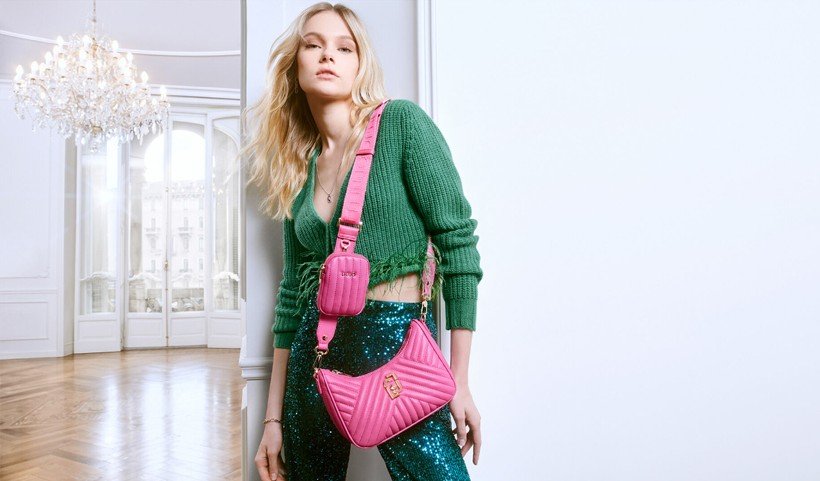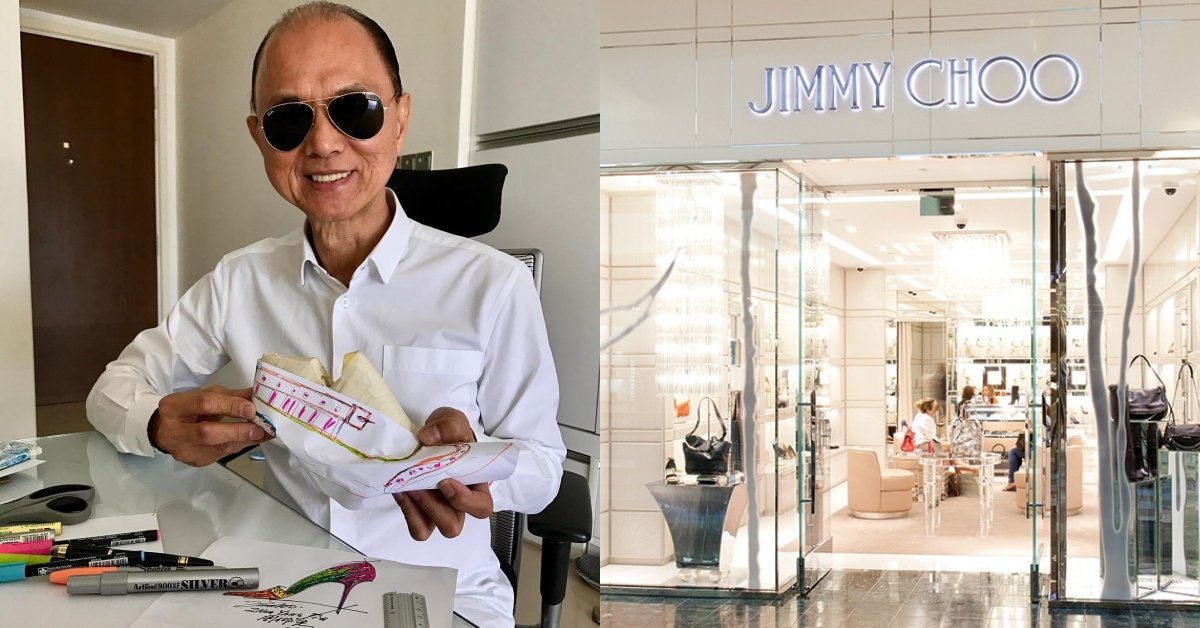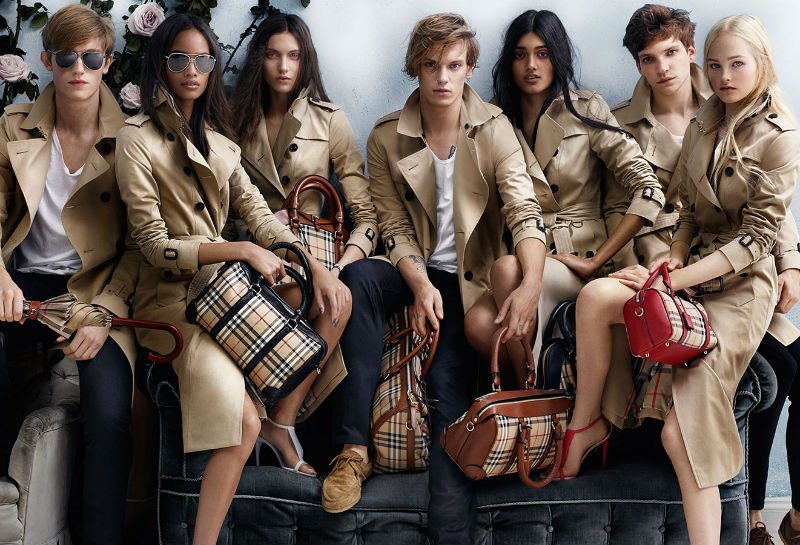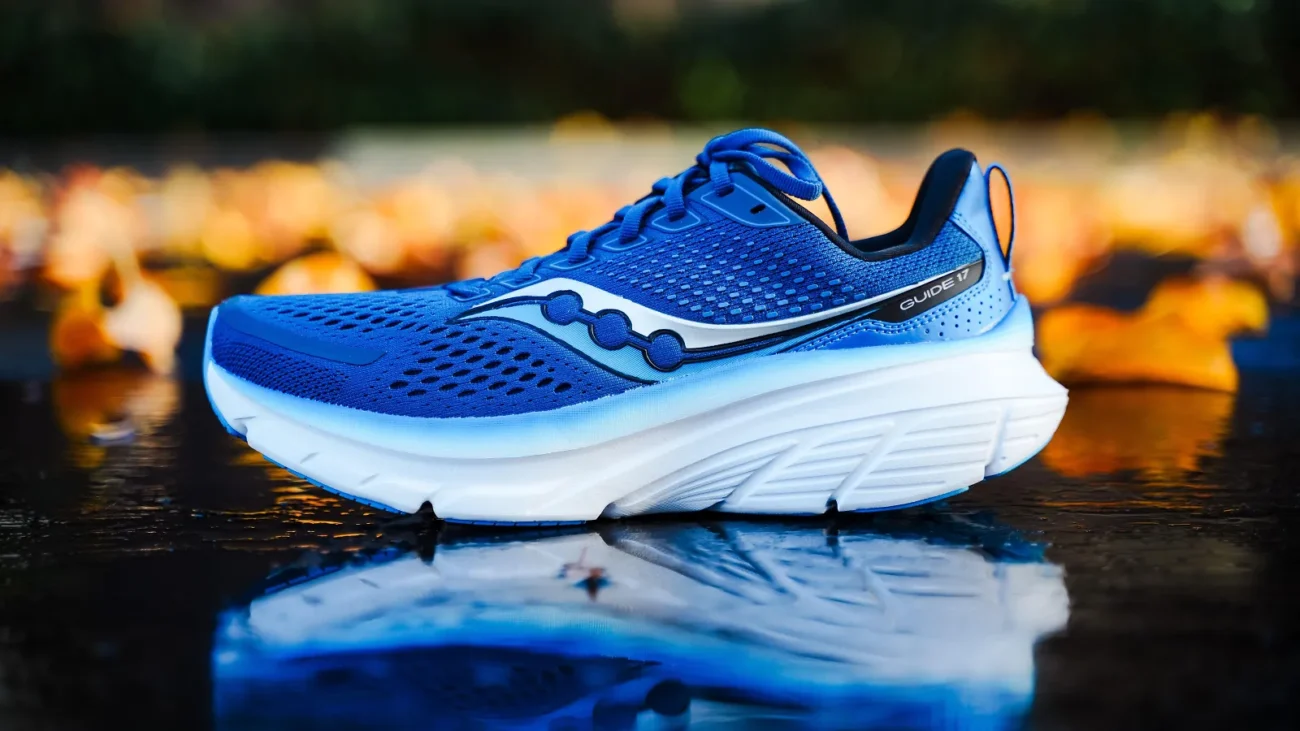K-way is the French brand that created the most famous waterproof windbreakers

The French company K-way became known as the "brand of waterproof jackets". In 1965, she introduced a nylon windbreaker, which was not only protected from rain, but also compact. It was folded into a pocket and turned into a bag. The idea was to rid people of heavy waterproof clothing and umbrellas. The product was named "en cas", which can be translated as"in case of rain". Traditional blue or red models with wide sleeves became a real hit. They remain popular to this day along with other products.
Content
K-way Jackets
In 1964, a young Leon-Claude Duhamel watched disgruntled Parisians running in wet clothes, trying to hide from the ubiquitous rain. He was thinking about how to do something that could help them. At the time, Duhamel was working for his father, a manufacturer of trousers. When an entrepreneur from Belgium came to the firm and brought the nylon fabric, Leon-Claude already knew what to do. He created a windbreaker called "en cas" and added a banana bag to it. So in French it is customary to call belt accessories that resemble this fruit in shape. At that time, the bag was delivered separately.
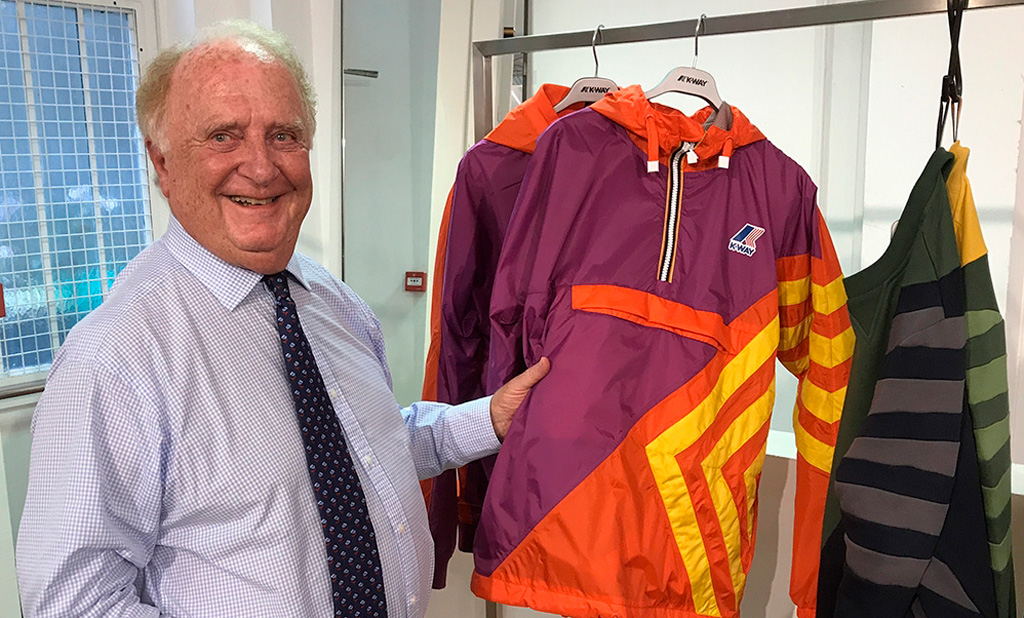
"The idea came up when I was sitting in the Cafe de la Paix in Paris. It was raining outside, and I saw a woman with a child. They were wearing red clothes. I thought we could make the same bright but light and compact waterproof jackets, "Leon – Claude recalled," I found a nylon fabric and made a jacket, but we didn't have a supplier of the material. And then one day a representative of a Belgian house came to give me his fabrics. Nothing interested me until I saw the colorful piece. I said to him, "What's that there?" He said, "Oh, it's an old thing that I never sold, no one wants it ..." And it was nylon fabric."
Duhamel collaborated with his father, who was quite strict, especially when it came to business. He wanted the product to be sold for 10 francs and only in children's sizes. So the first three copies were sold for this amount in 1965. Then Leon Sr. offered to sell jackets at gas stations in addition to a full tank. However, he had no connections, so the entrepreneur went to the Havas advertising agency. The director, Mr. Kasten, was delighted when he saw the clothes. He told Duhamel that he could sell millions of jackets. The collaboration started with a budget of 150,000 francs.
When all the ads were ready, including radio time and newspaper articles, there was still no name for the brand. It was simply called "en cas". But the agency offered a more resonant word, taken from the name of one of the suppliers of trousers - "Sky Way". Unfortunately, the company refused to sell it. Since the publications were about to be published, there was almost no time to think. Then Leon the elder said: "Look, Mr. Kasten, you like the word 'way', and we like 'en cas', which is pronounced 'en-K'. We'll just call the brand "K-Way".
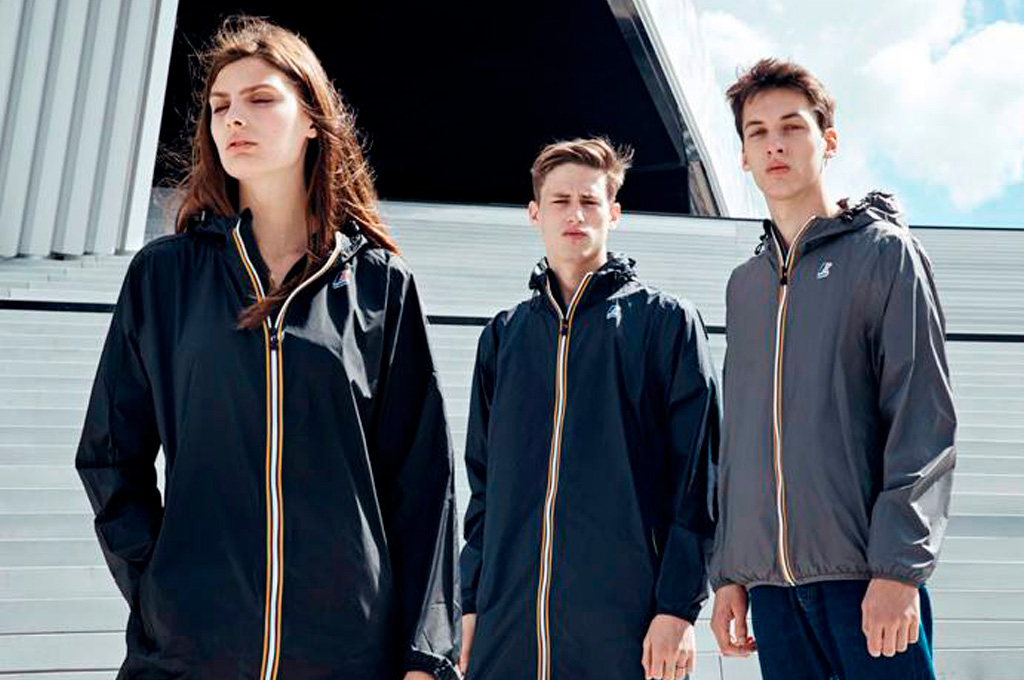
In the first year, the company sold 250,000 jackets. However, the bag was still a separate accessory. It remained so for two more years, until Leon-Claude tried to fold the clothes. At that time, it was thin without filler and had a large patch pocket. The innovator managed to fit the entire jacket in this pocket. So another idea of combining it with a bag was born. At first it looked like a simple piece of folded fabric, then it was a string, and eventually an elastic band appeared, which became a strap.
Modern models:
LE VRAI CLAUDE is the brand's signature jacket with a zipper decorated with braid with stripes. It looks almost the same as the first models. The material used is nylon with a strong ripstop weave. All seams are waterproof, protection adds a high collar. There is an adjustable hood and a drawstring hem. The windbreaker is still packed in the pocket;
LE VRAI LEON – an anorak created in the same style. It is distinguished by the presence of a zipper in the upper part and a front pocket, where it can be folded if necessary.;
LE VRAI CLAUDE ORSETTO-insulated model with polyester filling;
LE VRAI EIFFEL is an elongated jacket with a zipper in the style of trench coat. It also folds up, but in the back pocket and is carried in a bag with a branded striped strap.;
LE VRAI MORGAN is a poncho-style jacket that shares the same characteristics, but features a loose, flared-down cut;
JACQUES PLUS-a lightweight version of CLAUDE without a high gate;
JACQUES THERMO PLUS DOUBLE-insulated model made of nylon taffeta with down inside. The double-sided jacket has a sleek design on one side, and on the other is presented in the style of a quilted down jacket.
Namesake of K-way
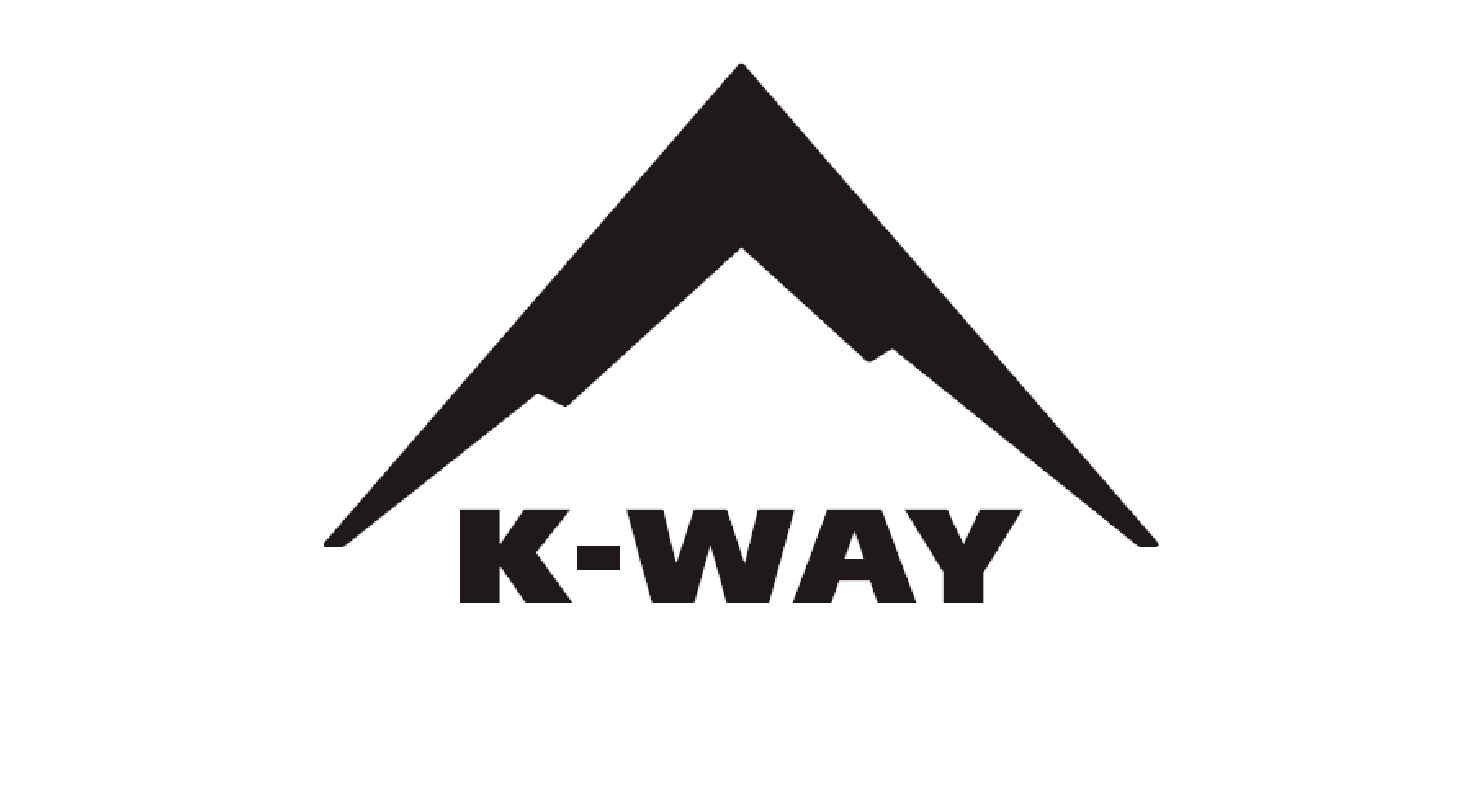
Don't confuse the French brand with its full namesake from South Africa. It is part of the Cape Union Mart and was founded in 1981. The products are made in the suburbs of Cape Town. The name was chosen in honor of Philip Kravitz, who founded Cape Union Mart in 1933. He is believed to have been the first importer of Levi's jeans to the country. Originally, K-way was an army store that supplied troops, whaling ships, and fishermen with all kinds of goods during World War II. Customers began calling Kravitz " Mr. K." So the company's name was born. The French brand has a red and blue logo in the form of the letter "K", while the South African symbolism includes the full name located under the mountain.
A series of changes
In the 1970s, the brand was a huge commercial success. 10 years later, the film "Boom" was released, where a young Sophie Marceau put on a K-way jacket. Then came the first TV commercial. At the same time, the Blue Bell Group of companies, the owner of Wrangler, which eventually became part of VF Corporation, was going to buy the brand. During the year, representatives from both sides met and negotiated terms. Leon-Claude visited factories in the United States, and Blue Bell visited France. This was supposed to lead to the sale of goods outside of Europe. However, everything was ruined by a premature article in the financial publication "Les Echos". The journalist somehow found out the details of the deal and posted them even before the contract was signed. The scandal led the French government to ban the sale.
The next problem was family disagreements. Duhamel was assisted by his daughter Jacot and her husband Yves Moinet. They wanted to change the company's strategy. As a result of the arguments, Leon-Claude was left alone. He didn't want to follow the new rules of relatives. After that, sales plummeted, and K-Way was sold to Pirelli, an Italian group specializing in tire manufacturing. At the same time, he joined forces with a French ski team and developed a range of winter sportswear for the 1992 Albertville Olympics.
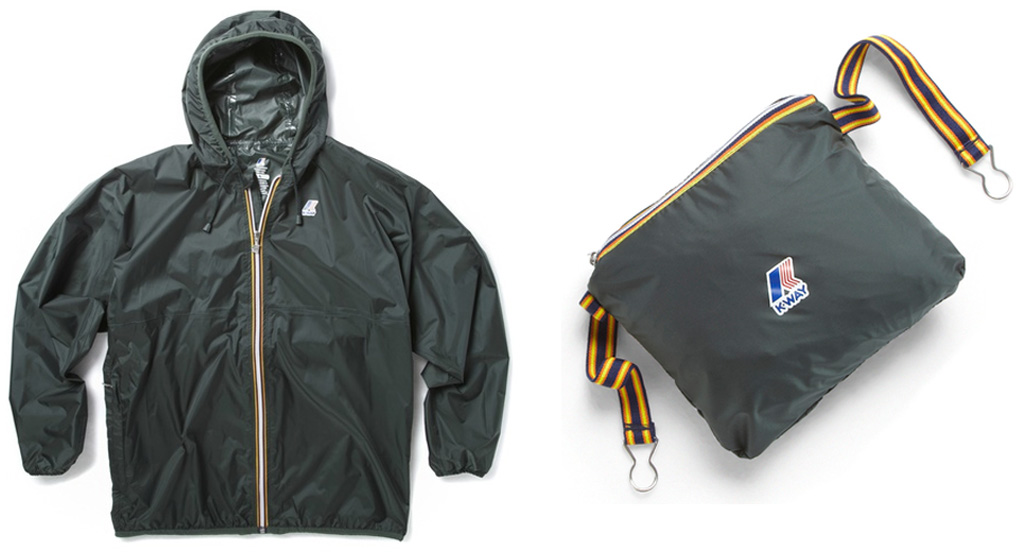
Failures did not leave the company. Soon there was a fire at the plant. All products and archives were destroyed. Production was moved to Portugal and North Africa, but this did not help to get back on its feet. The main reason was Asian competitors. In 1996, the Italian bank Sopaf became the owner of the brand.
K-way clothing
After going through hard times that lasted almost three decades, in 2004 K-Way was taken over by BasicNet S. p.A., an Italian company based in Turin. It owns the brands Kappa, Robe di Kappa and Superga. This marked a change of direction. The brand began to move forward in the elite segment, presenting fashionable clothing. New retail outlets were opened and limited collections with designers were released.
Collaboration with Philippe Starck revealed a new vision for the Claude 3.0 model. With Marc Jacobs, a water-repellent cotton jacket was created. There was also a collaboration with the women's clothing brand Maje, which resulted in new silhouettes with leopard prints. The collection with the L'éclaireur store presented shiny jackets.
In 2012, the first store in the United States finally opened. It was located in New York City's Soho district. At the same time, the company came to Russia and opened a space in a shopping center in Moscow. A new mink fur product has been released. The limited edition collection was sold in the most famous European concept stores. A year later, the brand returned to France with the opening of new boutiques, including one in Paris. It was then that the branded strip appeared on clothes. Since then, the range has expanded to include T-shirts, hoodies, trousers, shorts, and accessories such as hats, scarves, and gloves. Collaboration with the designers continued with a one-time project with the participation of VERSUS VERSACE. It includes a branded windbreaker and an iPad case. The jacket was also decorated with prints from fashion designer Christian Lacroix, patches and fur from Dsquared2 and snake patterns from Marcelo Burlon.
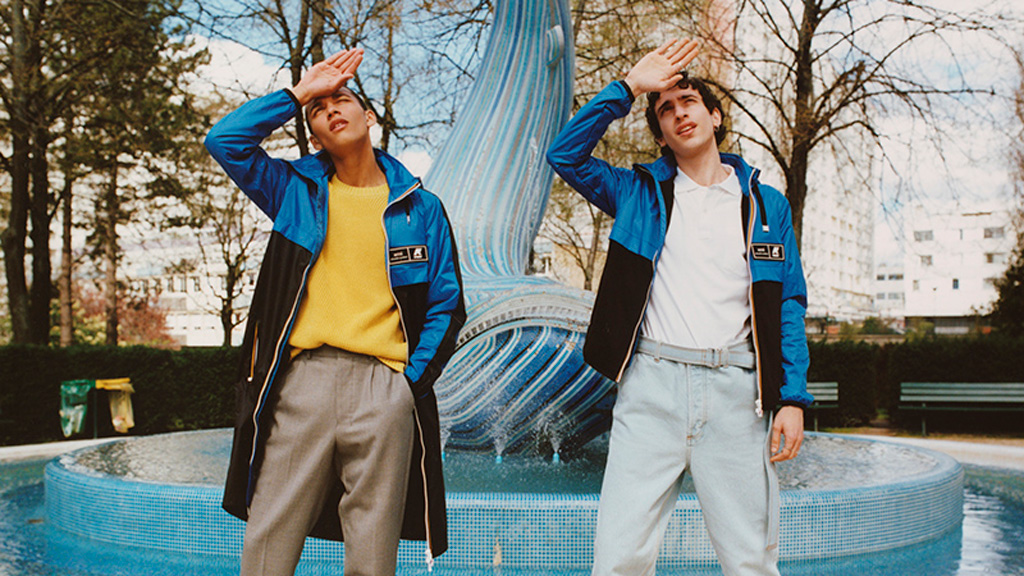
In 2018, the brand signed a cooperation agreement with Kappa. The collaboration included tracksuits and windbreakers in bright colors, decorated with joint branding. The Kappa corporate logo with a man and a woman sitting with their backs to each other was supplemented with the K-way logo and contrasting stripes. This was followed by a collection with the Parisian brand AMI. Together, they released three different models: two Claude and Eiffel jackets, and a long, water-resistant Richard coat. Available in red and dark blue, the versions were divided into two-tone versions with a striped hood and completely vertical stripes.:
"The collaboration with K-Way was obvious to me. I've always enjoyed working with brands with which I have an emotional connection, a certain nostalgia. I used to wear their jackets when I was young, and I still do. AMI and K-Way share the same values: casual, elegant and user – friendly clothing," said Alexander Mattuzzi, founder of AMI.

